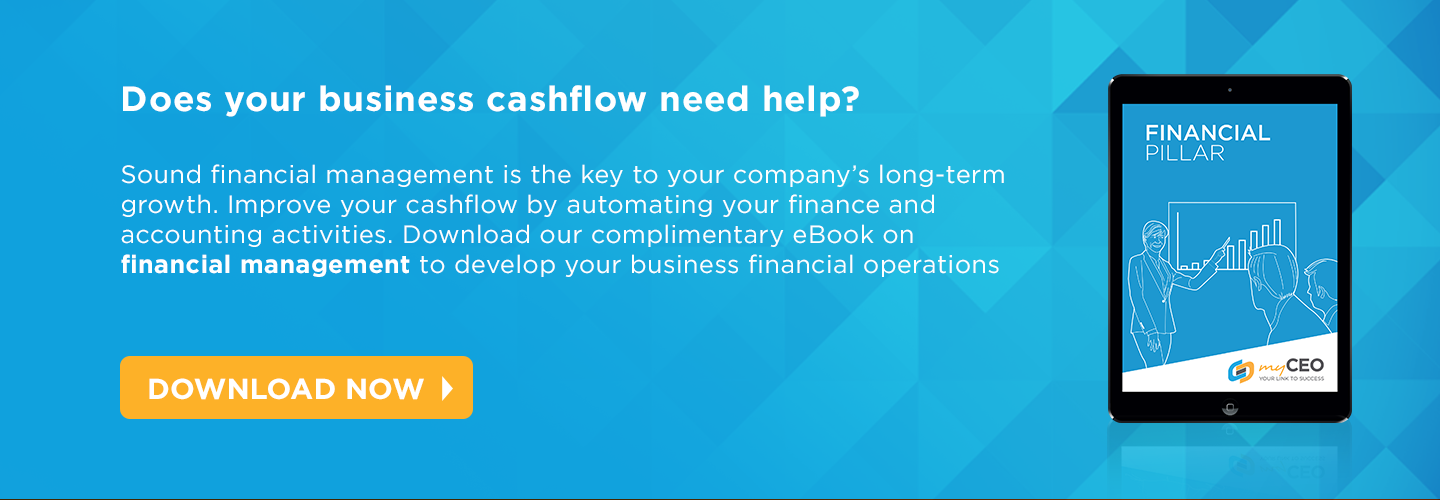 Visibility is a huge investment that is made by all businesses today, and for good reason: more visibility means a bigger audience, and a bigger audience means more prospective customers and profit. This is why a large part of a company’s marketing expense is spent on advertising.
Visibility is a huge investment that is made by all businesses today, and for good reason: more visibility means a bigger audience, and a bigger audience means more prospective customers and profit. This is why a large part of a company’s marketing expense is spent on advertising.
One of the narrowest definitions of advertising would be a paid effort to get your message across using a channel and/or media that isn’t yours. However, since advertising can happen across so many channels (some which are notoriously tricky to incorporate into business ROI), advertising can eat more of your budget than expected.
This presents a huge problem to corporate finance departments: at what point is advertising supposed to stop chewing through its budget?
First, it’s important to actually define what role in your books advertising falls under. Accounting-wise, advertising is categorised under marketing expenses as they are investments that are made in support of your brand. However, a key difference here is that advertising counts as an expense, not as an asset. The reason for this is because measuring the potential value of an advertisement is by no means an exact science: even ads that are well-received and critically acclaimed by a large audience can have little to no effect on prospective leads and sales.
Advertising works, but to fully gauge the effectiveness of the ad, you also need to follow through with your advertisements. While this gives a guarantee on the investment you’ve made into the advertisement itself as well as giving you metrics that you can be used in your further marketing efforts, it is also possible that it may incur additional expenses.
Which leads to our second tip to ensure your advertisements don’t eat through the budget: plan for each step of the advertisement process. These are usually multiple areas of your advertising process that will need to be paid for, including:
- The advertising company itself. When you don’t have a dedicated advertising department, the advertising company will usually ask for a premium or cut of the total expenses of the order
- The advertisement/s. The bulk of your costs will go to these, and they will vary widely depending on engagement time and number of channels used
- Metrics and feedback. While technically optional, having a proper gauge on the efficacy of your advertising effort, and brings in useful data for the future
While advertising is certainly a good tool to use, it’s necessary to gauge how much of your budget will be dedicated towards it. A good ad will certainly catch attention - and it’s worthwhile to invest if it will benefit your brand - but it’s equally foolhardy to put all of your eggs into one ‘advertising basket’ without developing your brand as well.
The key to ensuring you don’t get too carried away with advertising expenses is to ensure you remain vigilant when delegating your funds. While being noticed by a prospective audience may seem thrilling, it’s also worthwhile to not lose sight of the bigger picture.
Looking for more ways to balance your books? Download our free Finance Pillar eBook today for more tips on how to do so. Or contact us at myCEO for a more in-depth look at how your business can improve today!

